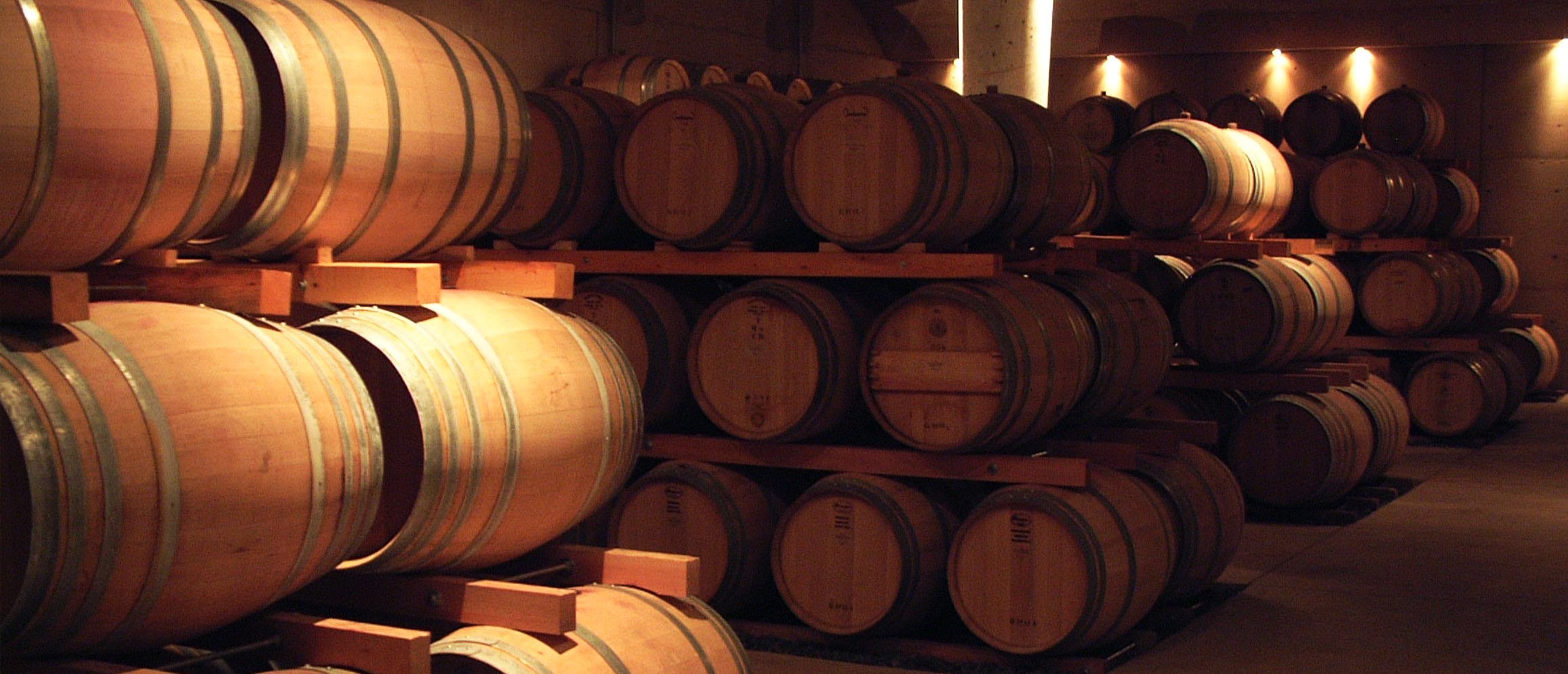
Our story
A Sense of Community

Our History
- 1922 - 1926 - In 1922, through the efforts of a group of Island residents and under the guidance of St. Andrew’s Episcopal Church, Algonac, MI, a mission church was formed on Harsens Island. The first services were held in private homes, the school house and late in the Island’s new community hall. Before long a movement for a local parish began to grow. In June 1925 a building committee was formed and a building site on Orchid Road was selected. On September 18, 1925 a ceremony for the laying of a cornerstone was held. Construction of the new church was soon completed and on July 11, 1926 a dedication service for the new St. Paul’s church was led by Bishop Herman Page.
- 1926 - 1955 Under the leadership of the Reverend E.L.C. English, rector of St. Andrew’s, the little Island mission of St. Paul’s began to grow then only to be faced with the difficult times of the Great Depression of the 1930s. Sadly, St. Paul’s was forced to close for a year and was abandoned by the diocese. St. Paul’s was reopened by Islanders and in their own way they held services. During World War II St. Paul’s was once again able to continue as a mission of St. Andrew’s. The little church grew and with new rector Reverend Harry B. Whittley celebrated its first 25 years on July 9, 1951. The church family continued to grow and on September 11, 1955 under the direction of Reverend Bert T. White, St. Paul’s was designated a diocesan mission independent of Algonac.
- 1955 - 1992 During the 1950s and 1960s St. Paul’s continued to serve the Island community. The church was again remodeled with the final addition of beautiful stained-glass windows dedicated on August 11, 1968. On July 9, 1976 St. Paul’s celebrated its 50th anniversary as attendance continued to grow. The Reverend Wilford Holmes-Walker was appointed rector of St. Paul’s in 1978. He was much beloved by the Island for his theology, his dry wit, and his English accent. The planning for a major expansion of St. Paul’s began in 1989. This was to be a major financial undertaking and, in addition to church members, contributions came from many Island friends. As in the past, Harsens Islanders supported their own. The new 3,000 square foot addition was dedicated July 21, 1992 by the Rt. Rev. Irwin Mayson. Sadly, Rev. Walker-Holmes retired shortly after due to failing health.
- 1992 - PRESENT Following Rev. Holmes-Walker’s retirement, St. Paul’s was fortunate to be served by a succession of very capable supply clergy. Then on July 29, 2001 St. Paul’s celebrated its 75th anniversary led by the newly appointed vicar Buel Eldridge. Rev. Eldredge faithfully served St. Paul’s for the next nine years. He was ordained Deacon in May 2004 and then on November 20, 2004 he was ordained Priest by Bishop Edwin Leidel, Jr. With Rev. Eldridge’s retirement in 2010, St. Paul’s family welcomed the Reverend Rebecca Baird-Lepley as Priest in Charge. “Becky”, as she prefers to be known, was ably assisted by Deacon Sherry Young. Today, under the leadership of Rev. Lepley, St. Paul’s continues to play an important role in the life of the Island. Whether it is a Sunday service, a Fall Fellowship Dinner, one of various outreach programs such as Helping Hands, a special Lenten Supper, or the annual Strawberry Festival in July, St. Paul’s continues to faithfully serve the community of Harsens Island and the St. Clair Flats. eren
A Little Bit About -
Harsens Island
We use cookies to enable essential functionality on our website, and analyze website traffic. By clicking Accept you consent to our use of cookies. Read about how we use cookies.
Your Cookie Settings
We use cookies to enable essential functionality on our website, and analyze website traffic. Read about how we use cookies.
Cookie Categories
Essential
These cookies are strictly necessary to provide you with services available through our websites. You cannot refuse these cookies without impacting how our websites function. You can block or delete them by changing your browser settings, as described under the heading "Managing cookies" in the Privacy and Cookies Policy.
Analytics
These cookies collect information that is used in aggregate form to help us understand how our websites are being used or how effective our marketing campaigns are.
.png)